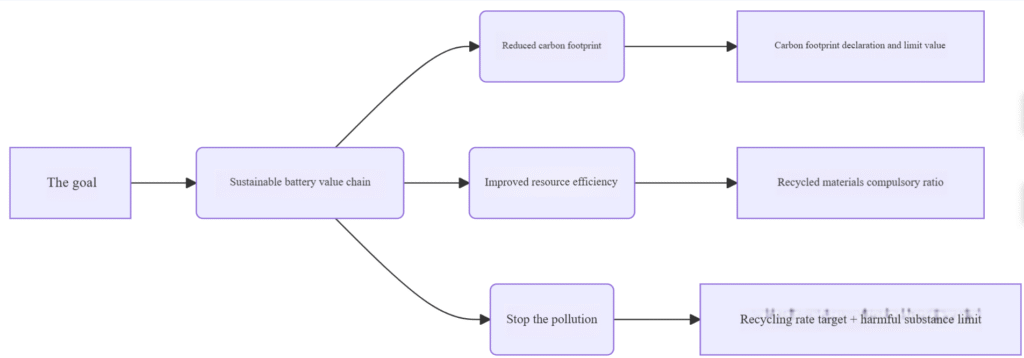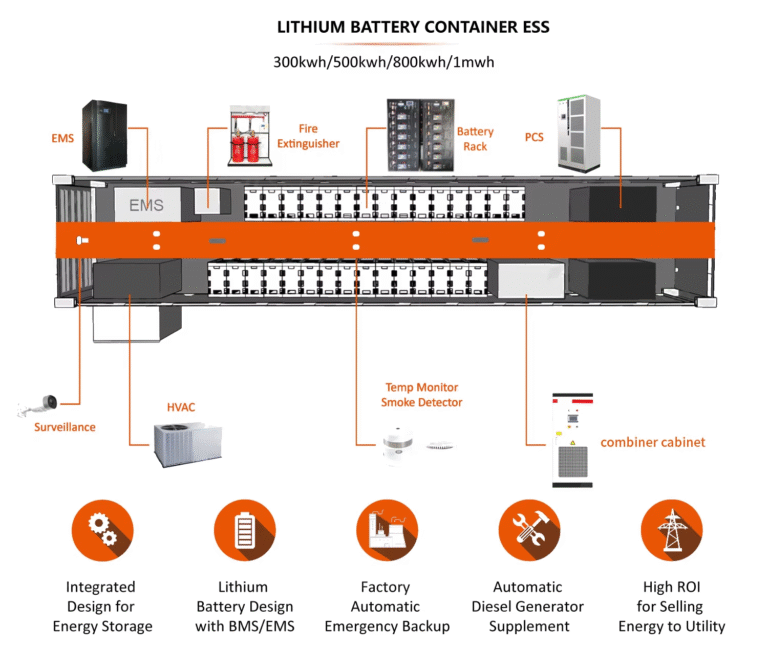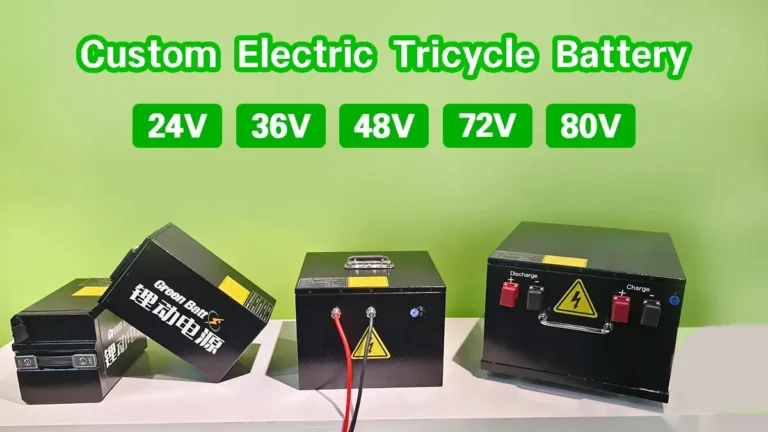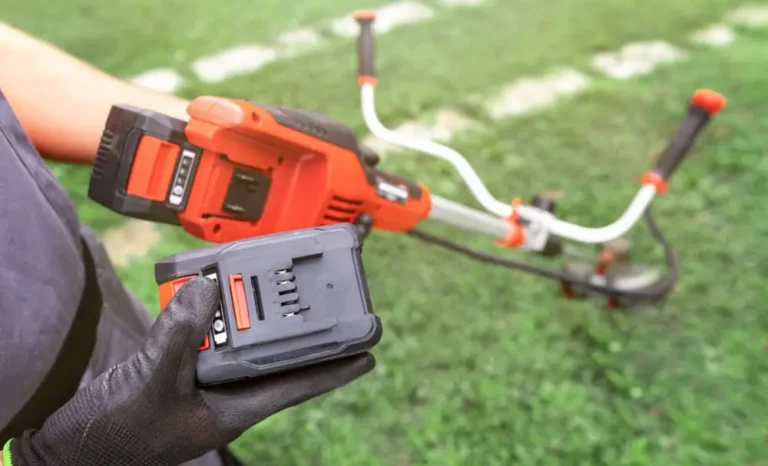Henan Liyue New Energy Co., Ltd

EU Battery Regulation Full Analysis and Response Guide
The full name of the EU Battery Regulation is Regulation (EU) 2023/1542 concerning batteries and waste batteries. The regulation directly restricts all batteries circulating in the EU market, regardless of their origin. The regulation was officially promulgated on July 28, 2023 and took effect on August 17; the first batch of clauses such as carbon footprint declaration and due diligence will be implemented from July 2024; from 2025 to 2036, the requirements of QR code labeling, recycled material ratio, recycling rate, etc. will be implemented in stages.
The main reasons for the promulgation of the Battery Regulation are: responding to the climate crisis: the EU plans to achieve carbon neutrality by 2050. As a key energy storage carrier, batteries account for 12% of the total emissions in the transportation sector throughout their life cycle; resource security anxiety: 98% of lithium and 95% of cobalt in the EU rely on imports (source: EU Critical Raw Materials List 2023), and the external dependence needs to be reduced through recycling; curbing environmental pollution: the EU discards about 800,000 tons of batteries each year, and only 46% are recycled, resulting in heavy metals seeping into the soil.

一、Key requirements
1.Carbon footprint declaration (from July 2024):
Electric vehicles/industrial batteries must provide full life cycle carbon footprint data, and set a maximum limit in 2027.
EU-recognized accounting standards (such as ISO 14067) must be used.
2.Proportion of recycled materials (implemented in stages):
Cobalt: 16% (2027) → 26% (2031)
Lead: 85% (from 2027)
Lithium: 6% (2031) → 12% (2036)
3.Label and QR code (from 2026):
Batteries must be marked with capacity, composition, recycling logo and QR code (link to technical documentation).
4.Recycling obligations:
Battery recycling rate targets in 2028: lithium ≥ 70%, cobalt/copper/nickel ≥ 95%.
Producers must join the EU recycling program or build their own recycling system.
二、Scope of application
1.Applicable regions and entities
The regulation primarily applies to two key regions:
- Mandatory implementation areas: This includes all 27 EU member states (such as Germany, France, Italy, and Spain) as well as the European Economic Area (EEA) countries—namely Norway, Iceland, and Liechtenstein.
- Potential expansion areas: Notably, the UK is currently drafting similar regulations (UK Battery Strategy 2023), while major EU trading partners like Turkey and Switzerland may also adopt comparable policies in the near future.
Why this matters: Companies exporting batteries to these regions must ensure compliance to avoid market access restrictions.
2.Applicable product types
The regulation covers all major battery categories, including:
- Portable batteries (e.g., consumer electronics)
- Industrial batteries (e.g., energy storage systems)
- Electric vehicle (EV) batteries (including lithium-ion variants)
- Light means of transport (LMT) batteries (e.g., e-bikes and scooters)
For our company, the key affected products are:
| Our products | EU classification | Key differences in terms |
| Household photovoltaic energy storage | Industrial battery | Carbon Footprint Statement + Detachable Design (2027) |
| Container energy storage | Industrial battery | Carbon Footprint Statement + Detachable Design (2027) |
| Golf Cart/Forklift Batteries | Light vehicle batteries(LMT) | QR code label (2025) + recycling rate |
| Tricycle Battery | Light vehicle batteries(LMT) | QR code label (2025) + recycling rate |
Note: The regulations cover all types of batteries (including lithium batteries, lead-acid batteries, etc.).
三、Core requirements and timetable of regulations
Common requirements for all batteries
| Require | Implementation time | Small and micro business response plan (low-cost version) |
| QR code label | 2025-2026 | Blank area reserved for labels (to be completed in 2023, cost ≈ 300 yuan/item) |
| Recycling obligations | From 2028 | Join a low-cost recycling organization (ERP UK, annual fee ≈ 15,000 yuan) |
| Restriction of Hazardous Substances | Already in effect | Request RoHS compliance certificate from suppliers (free of charge) |
Differentiation requirements (energy storage vs. power batteries)
| Require | Energy storage battery (industrial type) | Power battery (LMT type) |
| Carbon footprint statement | Mandatory in July 2024 (all models) | Mandatory in 2027 (only for models > 2kWh) |
| Detachable design | Mandatory in 2027 | Not required |
| Recycled material ratio | Cobalt 16% (2027) | Cobalt 10% (2027) |
四、Decision Checklist
| Decision-making matters | Urgency | Budget | Expected payback period |
| Approval to recover registration fees | ★★★★ | 15,000 CNY | 3 months (order renewal) |
| Start label transformation | ★★★☆ | 8,000 CNY | Effective immediately |
| Request suppliers to provide energy consumption data | ★★☆☆ | 0 CNY | 6 months |
五、Recycled material ratio
Free Tools
Carbon footprint calculation: Ecochain Mobius (basic version is free).
EU Battery Regulation original regulation: EUR-Lex 32023R1542
Website link: https://eur-lex.europa.eu/eli/reg/2023/1542
Low-cost service provider
Recycling registration: ERP UK (annual fee of 15,000 yuan, covering the entire EU).
Testing group order: through industry associations and third-party testing (cost sharing).





